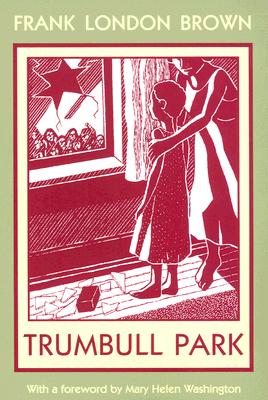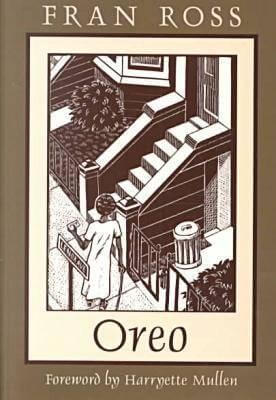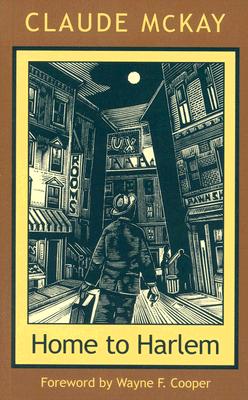3 Books Published by Northeastern University Press on AALBC — Book Cover Collage
 Trumbull Park
Trumbull Park
by Frank London BrownNortheastern University Press (Jun 01, 2005)
Read Detailed Book Description
Frank London Brown’s powerful debut novel, originally published in 1959, fictionalizes the real-life ordeals of the first black families to integrate Chicago’s Trumbull Park public housing project in the 1950s. Protagonist Buggy Martin tells the first-person story of moving with his wife, Helen, and two children from a rotting tenement on the South Side to the new development, where the family is besieged by angry whites.With honesty and humor, the richly textured narrative chronicles how the small group of black tenants at Trumbull Park endure the strain of living with racial violence: the endless danger of bombings and shattered windows, filthy insults, callous attention from police, and forced rides in armed convoys to and from work and the market. Until, that is, the day Buggy and a friend refuse police protection and walk home together through the white mob.
 Oreo (Northeastern Library Of Black Literature)
Oreo (Northeastern Library Of Black Literature)
by Fran RossNortheastern University Press (Sep 22, 2000)
Read Detailed Book Description
Born of a Jewish father and black mother, Oreo grows up in Philadelphia with her grandparents while her mother tours with a theatrical group. Soon after puberty Oreo heads for New York to search for her father, but in the big city she discovers that there are dozens of Sam Schwartzes.
 Home To Harlem
Home To Harlem
by Claude McKayNortheastern University Press (Nov 30, 1987)
Read Detailed Book Description
With sensual, often brutal accuracy, Claude McKay traces the parallel paths of two very different young men struggling to find their way through the suspicion and prejudice of American society. At the same time, this stark but moving story touches on the central themes of the Harlem Renaissance, including the urgent need for unity and identity among blacks.
